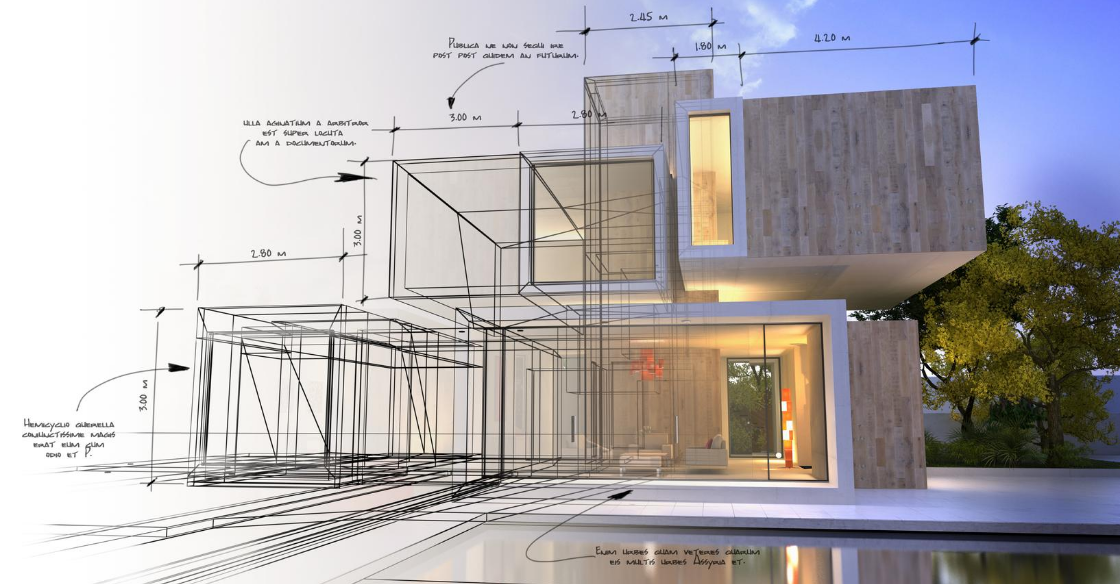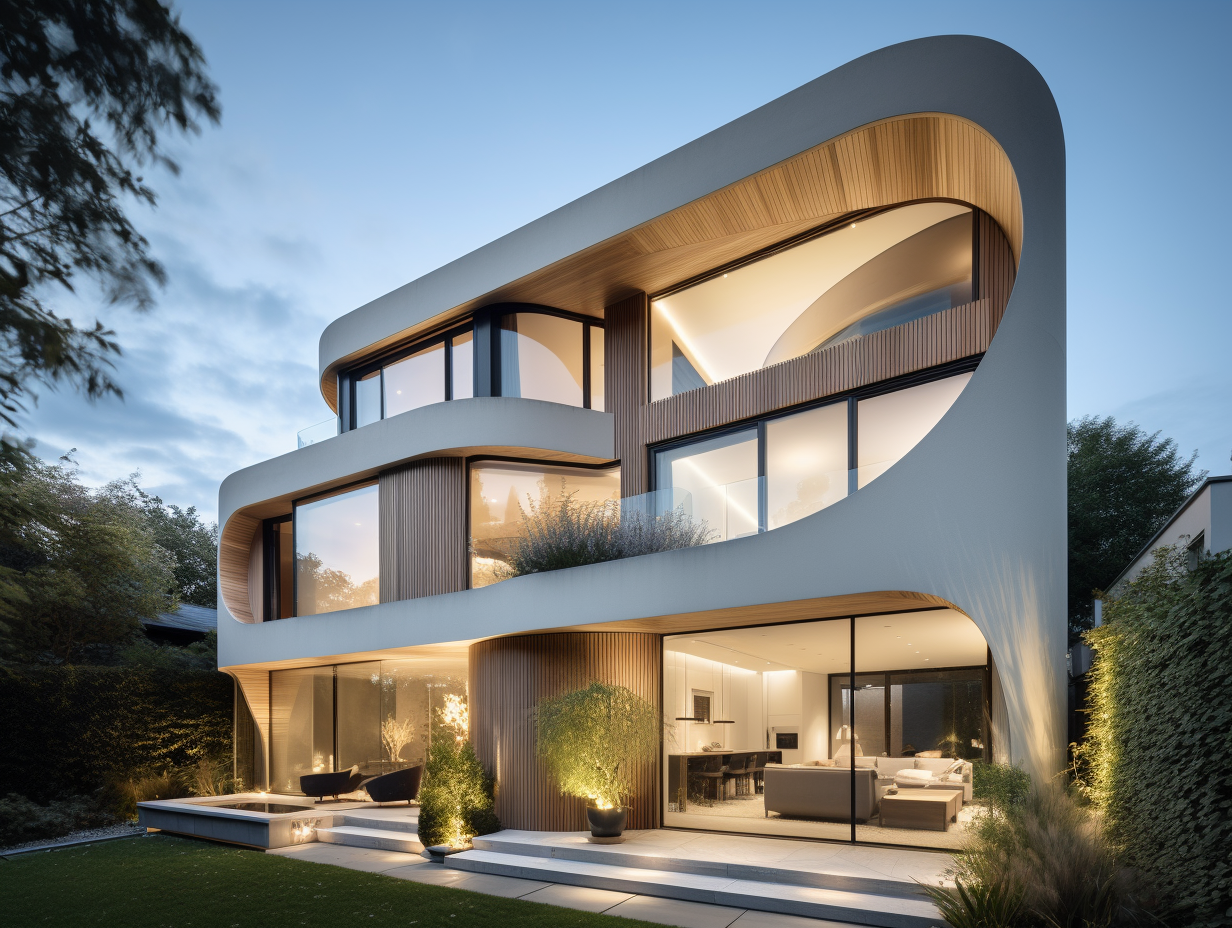Top Reasons to Choose CDA Architects for Your Residential or Commercial Designs
A Comprehensive Review of Architectural Styles and Their Influence on Modern City Planning and Growth
Architectural styles have actually long acted as a mirror to the societal worths and technical advancements of their time, playing a crucial function in shaping contemporary city planning and growth. From the splendour of Neoclassicism to the utilitarian strategy of Brutalism, each style has actually introduced one-of-a-kind concepts that influence city looks and performance. As modern difficulties arise, including sustainability and area needs, comprehending these historical structures comes to be vital. The resulting dialogue not only notifies future layout methods but also elevates pertinent inquiries regarding the balance between heritage and development in our developing city landscapes.
Historic Introduction of Building Styles

As cultures transitioned through the Center Ages, Gothic architecture arised, defined by its verticality and detailed outlining, matching the spiritual goals of the period. The Renaissance marked a rebirth of timeless perfects, combining art and design in ingenious ways that affected succeeding designs throughout Europe.

Today, building styles proceed to evolve, driven by globalization and sustainability concerns, showing a vibrant interaction in between heritage and innovation. This historical review highlights the value of design as a mirror of societal development and as a stimulant for city growth.
Trick Architectural Styles Explained
The diversity of building designs reflects the myriad impacts that form our built atmosphere, each personifying distinctive attributes and social relevances. Trick building styles consist of Timeless, Gothic, Baroque, Modernism, and Postmodernism, each representing one-of-a-kind historical contexts and aesthetic viewpoints.
Timeless design, rooted in ancient Greece and Rome, highlights proportion, percentage, and the use of columns (cda architects). In contrast, Gothic architecture, flourishing in the Center Ages, is identified by pointed arcs, ribbed vaults, and flying buttresses, producing an ethereal top quality in basilicas. Baroque architecture, emerging in the 17th century, is noted by majesty, intricate embellishment, and a dynamic interaction of light and darkness
Modernism, which gained energy in the very early 20th century, prioritizes feature over kind, making use of brand-new products like steel and glass to produce minimalist frameworks. Postmodernism, reacting against the austerity of Modernism, welcomes eclecticism and historical referral, usually including spirited elements and paradox.

Impact on Urban Planning
In shaping the development of cities, building designs significantly influence metropolitan preparation choices. The choice of architectural design commonly dictates the aesthetics, capability, and overall personality of city settings. For circumstances, modernism, with its focus on minimalism and performance, encourages open rooms and the combination of technology, forming city layouts that focus on performance and access. Conversely, typical styles might stress historic conservation, bring about city styles that keep cultural heritage and promote pedestrian-friendly atmospheres.
Additionally, look at this now architectural designs can like it impact zoning regulations and land use policies. Urban planners have to take into consideration the dominating building trends when designing areas, making sure that new developments harmonize with existing frameworks. This factor to consider promotes cohesive city landscapes and boosts community identification.
The application of details building styles can likewise influence socioeconomic elements within a city. For instance, high-end modern layouts might draw in upscale citizens and companies, causing gentrification, while a lot more inexpensive housing options may focus on sensible and sustainable styles to fit diverse populaces. Eventually, the interplay in between architectural designs and city preparation develops dynamic cities that mirror both historic context and contemporary requirements, shaping the lived experiences of their inhabitants
Sustainability and Modern Architecture
Building designs play a critical duty in addressing contemporary difficulties, particularly in the world of sustainability. As metropolitan locations increase and ecological problems magnify, contemporary style progressively embraces sustainable design concepts that prioritize power effectiveness, source preservation, and minimal environmental effect.
Contemporary building movements, such as biophilic style and green design, advocate for structures that integrate with their surroundings, utilizing all-natural materials and promoting biodiversity. These designs commonly incorporate sustainable power sources, such as photovoltaic panels and wind turbines, to minimize reliance on nonrenewable fuel sources and reduced carbon footprints.
Furthermore, the integration of advanced technologies, such as wise building systems, improves power monitoring, maximizing resource use while ensuring passenger comfort. Cutting-edge water management strategies, including rainwater harvesting and greywater recycling, further add to lasting metropolitan environments.
Notably, sustainability expands past ecological problems; it includes social and economic dimensions. By fostering area health and advertising inclusivity, modern building designs align with sustainable development goals. The evolution of architectural techniques continues to shape durable cities that not just meet the needs of the present yet likewise protect the future for generations to come.
Neighborhood Involvement in Design
Community interaction in layout serves as a critical bridge in between designers and the populaces they serve, ensuring that the constructed atmosphere reflects the demands and ambitions of its customers. This collaborative process Visit This Link invites area participants to contribute their understandings and choices, promoting a feeling of possession and responsibility towards the rooms they occupy.
Reliable community involvement uses various methods, such as workshops, studies, and public online forums, to collect diverse perspectives. These approaches facilitate a two-way dialogue, allowing architects to recognize neighborhood contexts while encouraging locals to articulate their concerns and needs. This inclusivity not just enhances the layout high quality but also promotes social equity by attending to the special obstacles encountered by marginalized teams.
Furthermore, community engagement can lead to innovative solutions that may not emerge in a standard layout procedure. By integrating regional knowledge and cultural values, architects can produce areas that reverberate more deeply with individuals, enhancing usability and sustainability. Eventually, focusing on community interaction in layout processes causes settings that support social interactions, assistance well-being, and enhance area connections, therefore playing a pivotal role fit modern-day metropolitan landscapes.
Final Thought
Building styles have actually exceptionally influenced contemporary city preparation and growth, reflecting advancing cultural and technological contexts. As cities proceed to grow and adjust, the continuous discussion in between building heritage and contemporary layout concepts will certainly remain crucial in developing comprehensive, vivid areas that boost high quality of life and advertise social equity.